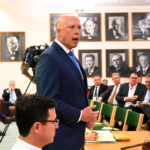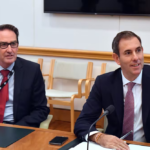The lonely generation

If you ask most people who they think is most likely to experience loneliness, they will probably describe someone in their later years – perhaps a widowed pensioner or an elderly person with health issues who lives alone.
Twenty years or so ago, this was pretty much the case. Between 2001 and 2009, the greatest proportion of lonely people in Australia were aged 65 and older.
Fast forward to the findings of the 2023 annual Household, Income and Labour Dynamics in Australia (HILDA) Survey and Australia’s oldest residents now have the lowest rates of loneliness in the country.
Instead, it is Australia’s young people who are feeling alone and isolated.
The rise of youth loneliness
While all other age groups are feeling less lonely than they did at the start of the millennium, Australians aged 15 to 24 have experienced a steady rise in loneliness, particularly since 2008.
In 2001, around 18.5 per cent of young people aged 15 to 24 were classified as lonely. In 2020, the proportion of lonely people in this age group rose to 26.6 per cent.
In 2021, that figure was 24.8 per cent.
Australia’s HILDA Survey follows the lives of more than 17,000 Australians each year, over the course of their lifetime, collecting information on many aspects of life, including household and family relationships, income and employment, and health and education.
To measure loneliness, Australians are asked to state their level of agreement with the statement ‘I often feel very lonely’. Responses range from one to seven, with higher scores suggesting greater levels of loneliness.
The latest HILDA results found that mean loneliness scores in 2021 were also highest among 15-to-24-year-olds. Females in this age group had a mean loneliness score of 3.3 while males scored 3.0.
This compares to scores of 2.6 and 2.4 in females and males in the 65 and older age group.
“It used to be the case that older people were most lonely, but there is a turning point around 2008 to 2009 when we see rates of loneliness for the 15 to 24 age group start to rise, says Dr Ferdi Botha, HILDA author from the University of Melbourne’s Melbourne Institute: Applied Economic & Social Research.
“There has been a continuous increase since then,” he says.
Why so lonely?
There was a further spike in rates of loneliness for young people in 2020 — almost undoubtedly due to the effects of the COVID-19 pandemic.
However, the rising tide of loneliness experienced by young Australians can’t be completely explained away by the effects of COVID-19 restrictions, lockdowns and curfews.
Loneliness was already on the rise long before the pandemic arrived.
“It may be that people are now more likely to report and admit they have emotional issues — that’s a good thing,” says Dr Botha.
“Higher levels of loneliness may have to do with younger people not having as many friends now. Perhaps young people today don’t have the same levels of social connections that their parents or grandparents had at that age.
“For some young people, friends tend to be online, so there is not that same level of closeness. When you share something online it doesn’t have that same connection as when you share something face-to-face.
“Social media can also make you feel very alone – you scroll through people’s social media accounts and everyone is at a party or seems to be having a great life and there you are, at home and alone.”
Anti-social media
Professor Brock Bastian from the University of Melbourne’s School of Psychological Sciences agrees that the upward spiral of loneliness for young people may be associated with the arrival and pervasiveness of social media.
“While we still don’t fully understand the causes and remedies around loneliness for this younger age group, social media and how people communicate have to be a contributing factor,” he says.
“Increasingly people use low-touch ways of communicating, like texts and social media platforms. Those connections are short and in bits and pieces.
“People might think they’re connecting but they are not really getting the full benefits of interpersonal contact. Social media is designed to keep us engaged – we need to text more, get more likes and post more – but that’s not the solution to feelings of loneliness.”
Health and family
Apart from the reversal in risk of loneliness and age, HILDA also found that people with worse general health are lonelier than healthy Australians, and females with poor mental health report greater mean loneliness scores (4.2) than females who are not in poor mental health (2.5).
When not adjusting for other characteristics, First Nations females (3.6) and males (3.0) have higher average loneliness scores than non-First Nations Australian-born people and immigrants.
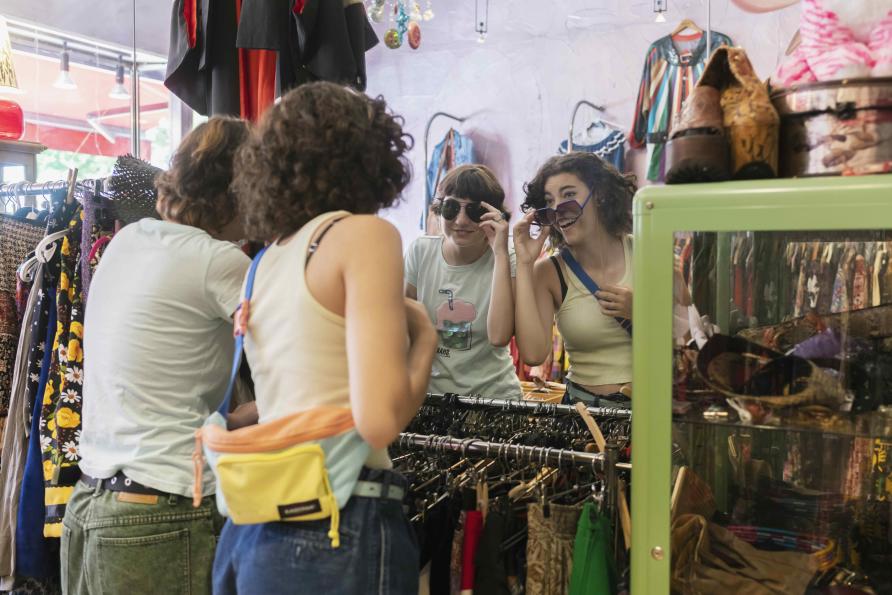
Although being in a romantic partnership offers some protection against loneliness, family can’t always guarantee that people won’t be lonely.
While living alone increases the likelihood of loneliness, couples with children reported feeling lonelier than couples without children.
This latter finding can, in part, be explained by childcare responsibilities that limit the time available to socialise with other family members or friends.
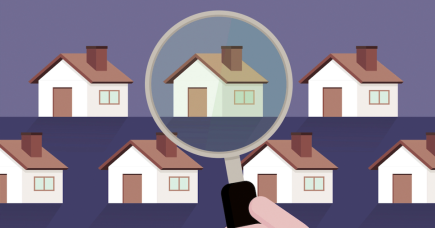
More Australian adult children are living with their parents longer
The future of loneliness
Dr Botha believes the long-term rise in loneliness among younger Australians will continue unless effective ways are found to address the trend.
Professor Bastian points to work being done in the UK – specifically, something called ‘social prescribing’ – as part of a possible solution.
Social prescribing connects people to activities, groups and services in their community to meet their specific practical, social and emotional needs so they can enjoy better health and wellbeing.
Recommended by the National Health Service (NHS) for all ages, it’s one option for people who are lonely or isolated.
“We need to do more consumer-led research here to get a sense of what will work for the 15-to-24-year-old generation. What rituals and institutions can provide face-to-face, structured connection with other people?” says Professor Bastian.
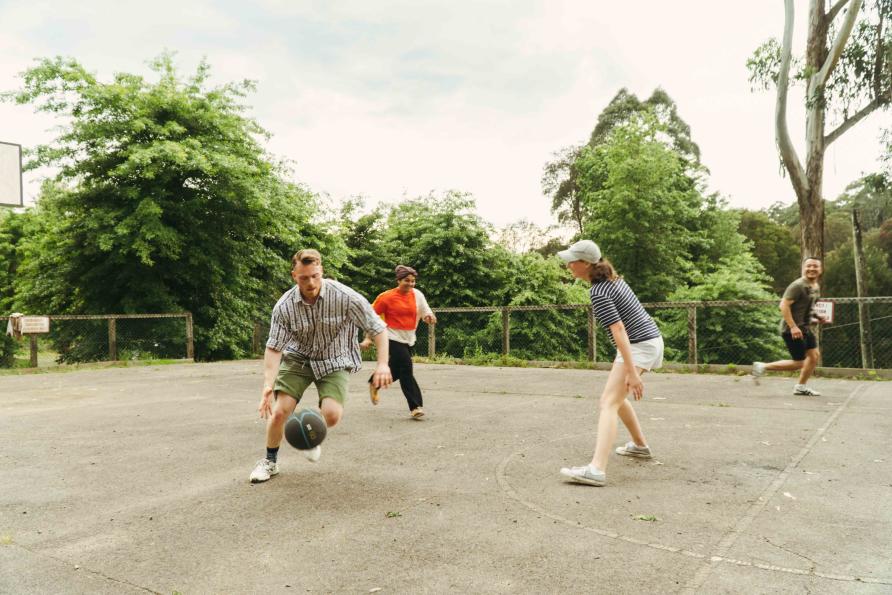
“Partnerships and social contact are important.
“We need to create ways for young people to interact in settings where they feel comfortable so they can meet new friends,” adds Dr Botha.
“We need to place a greater focus on loneliness, given its potential risks. For example, prolonged periods of loneliness could be a trigger for suicide, drug use, cardiovascular disease and later-life dementia.
“If young people feel alone, they need connection and assistance because, when you don’t have that, it can push people over the edge.”
If you or anyone you know needs help or support, you can call Lifeline on 13 11 14.
Open Forum is a policy discussion website produced by Global Access Partners – Australia’s Institute for Active Policy. We welcome contributions and invite you to submit a blog to the editor and follow us on Twitter, Facebook, Linkedin and Mastadon.







